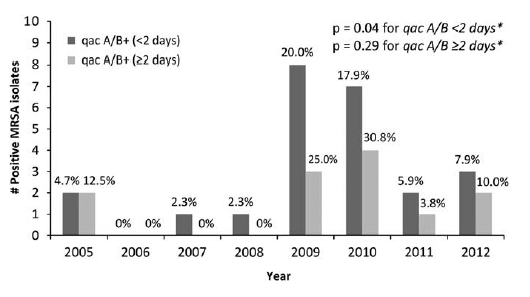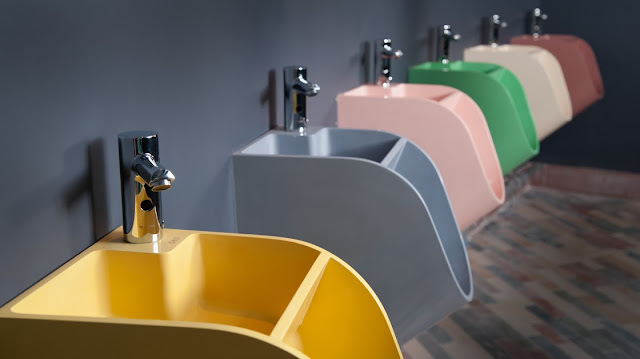Good design vs. bad bugs
 |
| Graphic: TM Osborn Associates |
The study has a number of problems--it's small and relatively short. Moreover, in the intervention ICU, prior to the move the patients were sicker, had received more antibiotics prior to ICU admission, and had a higher prevalence of multidrug-resistant organisms on admission. All of these factors could be responsible for the higher proportion of patients acquiring the bad bugs in the "old" ICU, making the "new" ICU look better than perhaps it was. Also, importantly, hand hygiene compliance was significantly higher in the intervention ICU than in the control ICU in the post-move period, though one could argue that improved hand hygiene was due to better design (e.g., better availability of sinks).
While I remain unconvinced regarding the conclusions of this particular study, it seems to me that for many reasons having ICUs with all private rooms is a good thing. Infection prevention, since time immemorial has been about separating clean from dirty and infected from uninfected. It just makes sense--kind of like not wearing the same dirty white coat to work every day.



Comments
Post a Comment
Thanks for submitting your comment to the Controversies blog. To reduce spam, all comments will be reviewed by the blog moderator prior to publishing. However, all legitimate comments will be published, whether they agree with or oppose the content of the post.